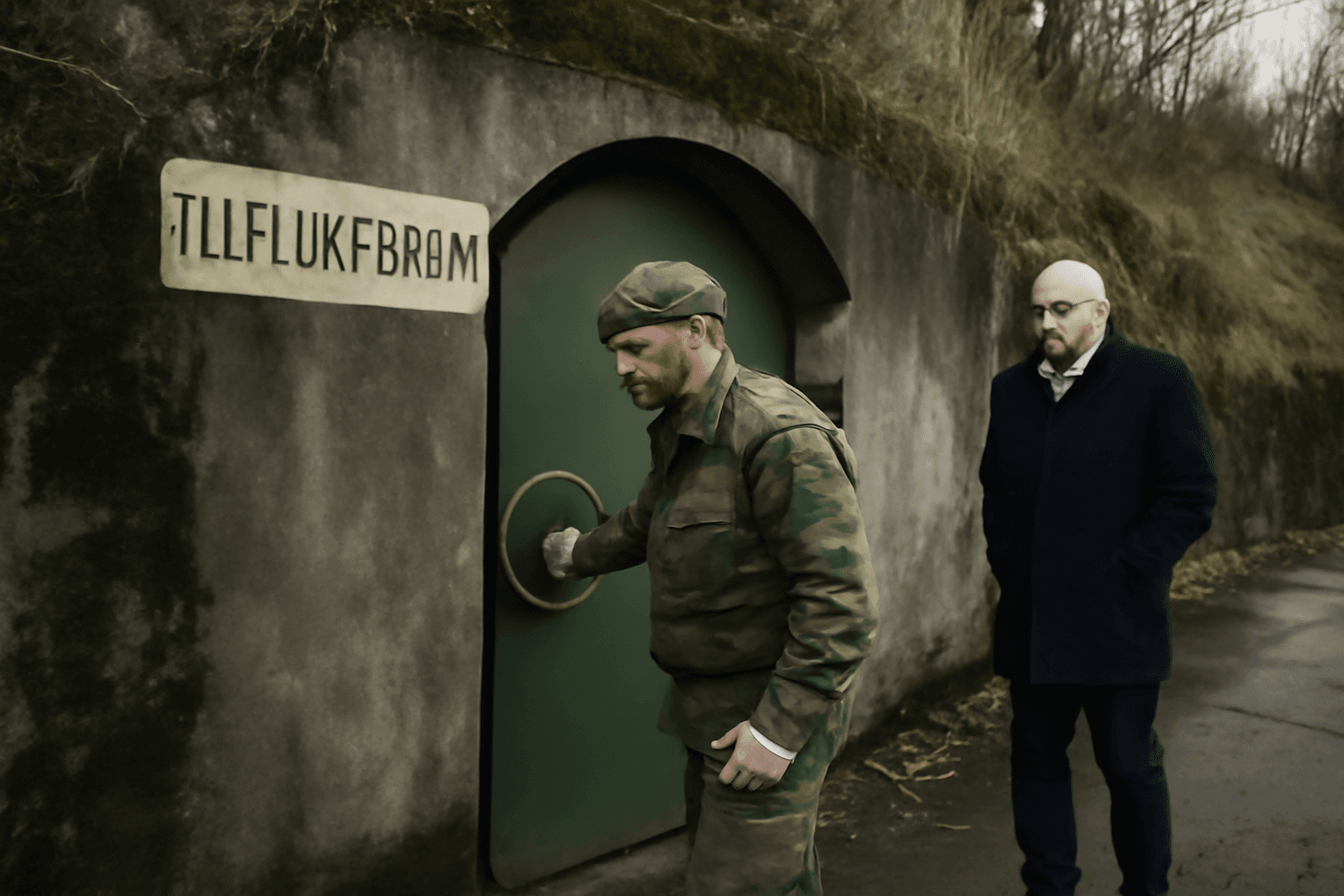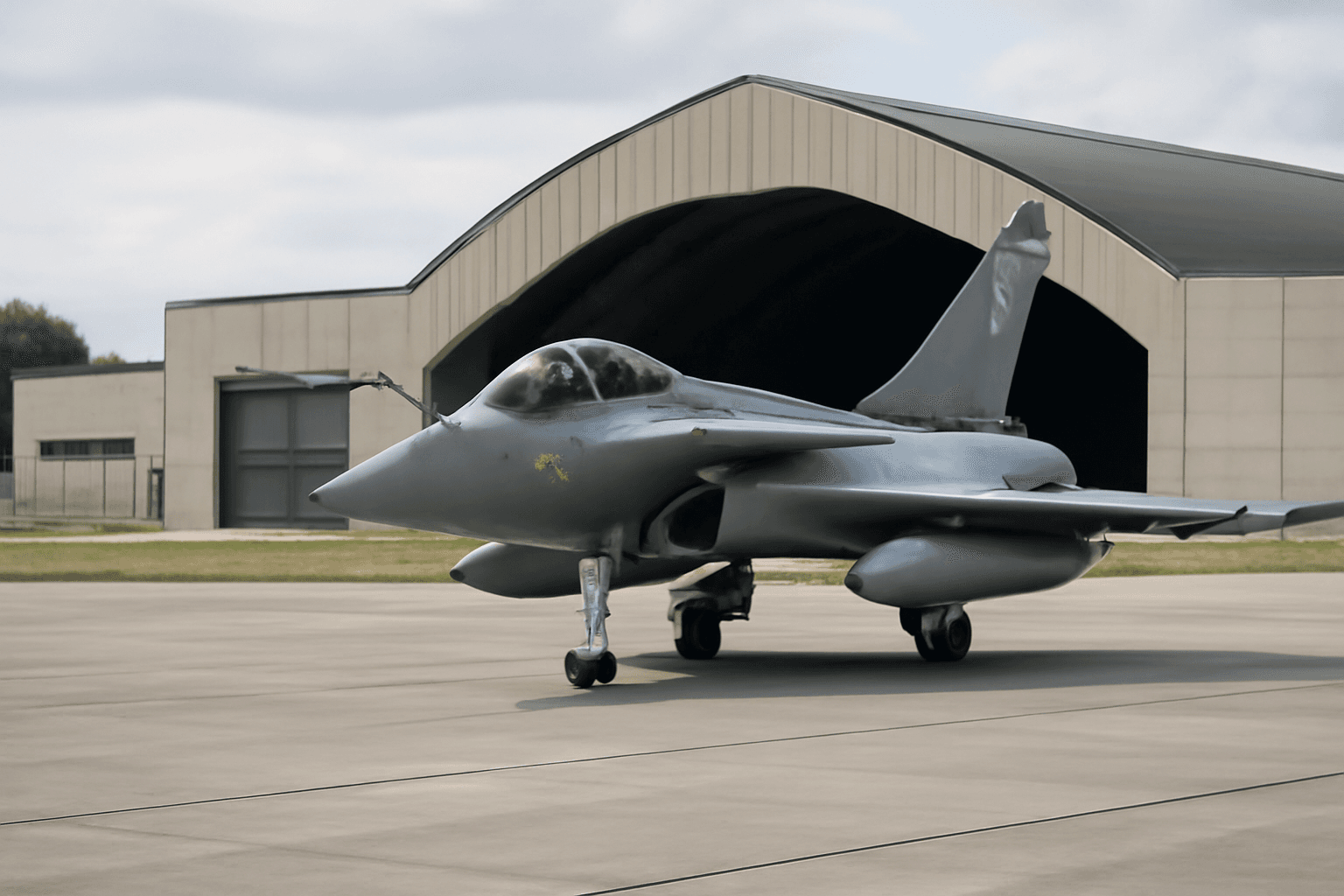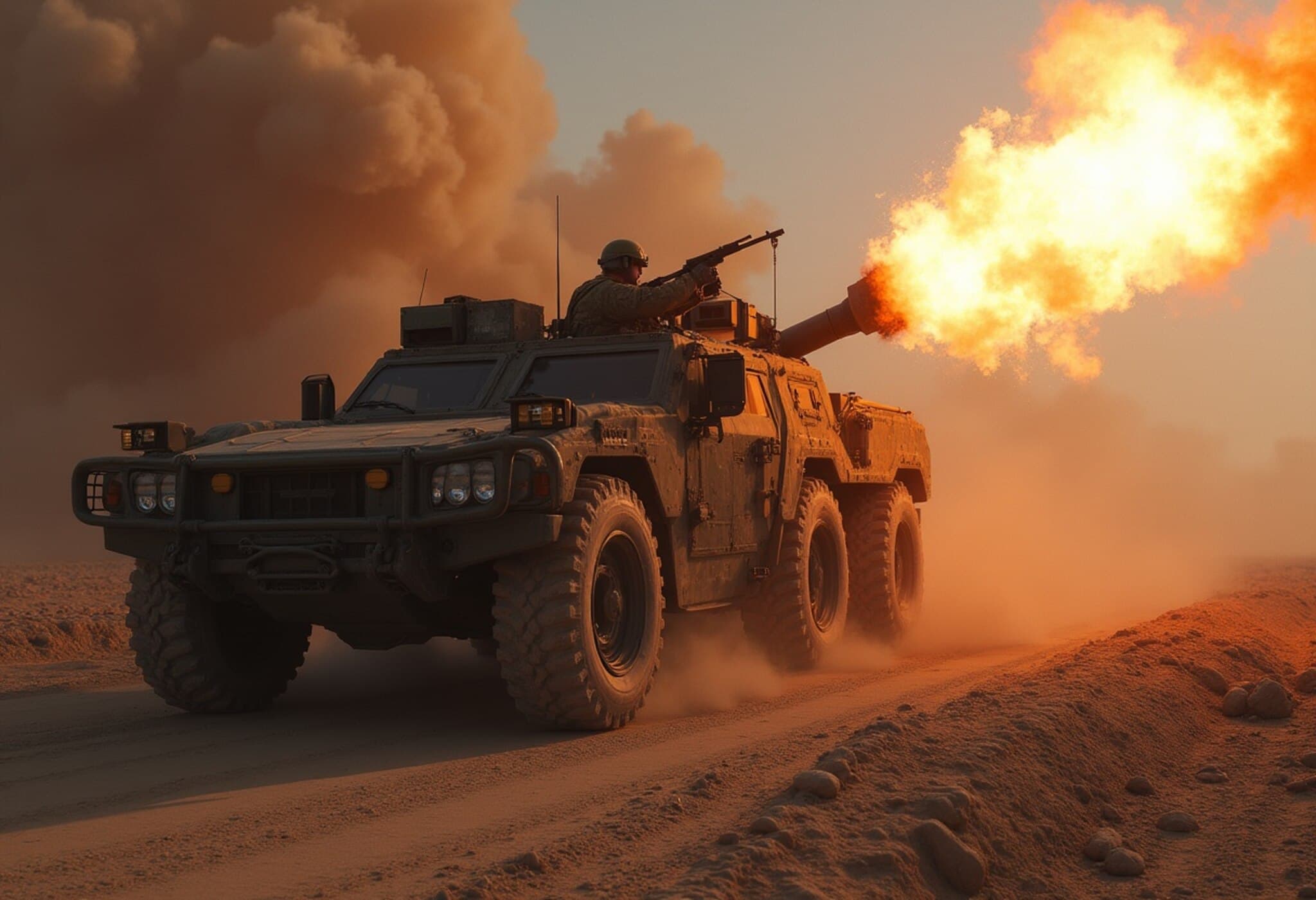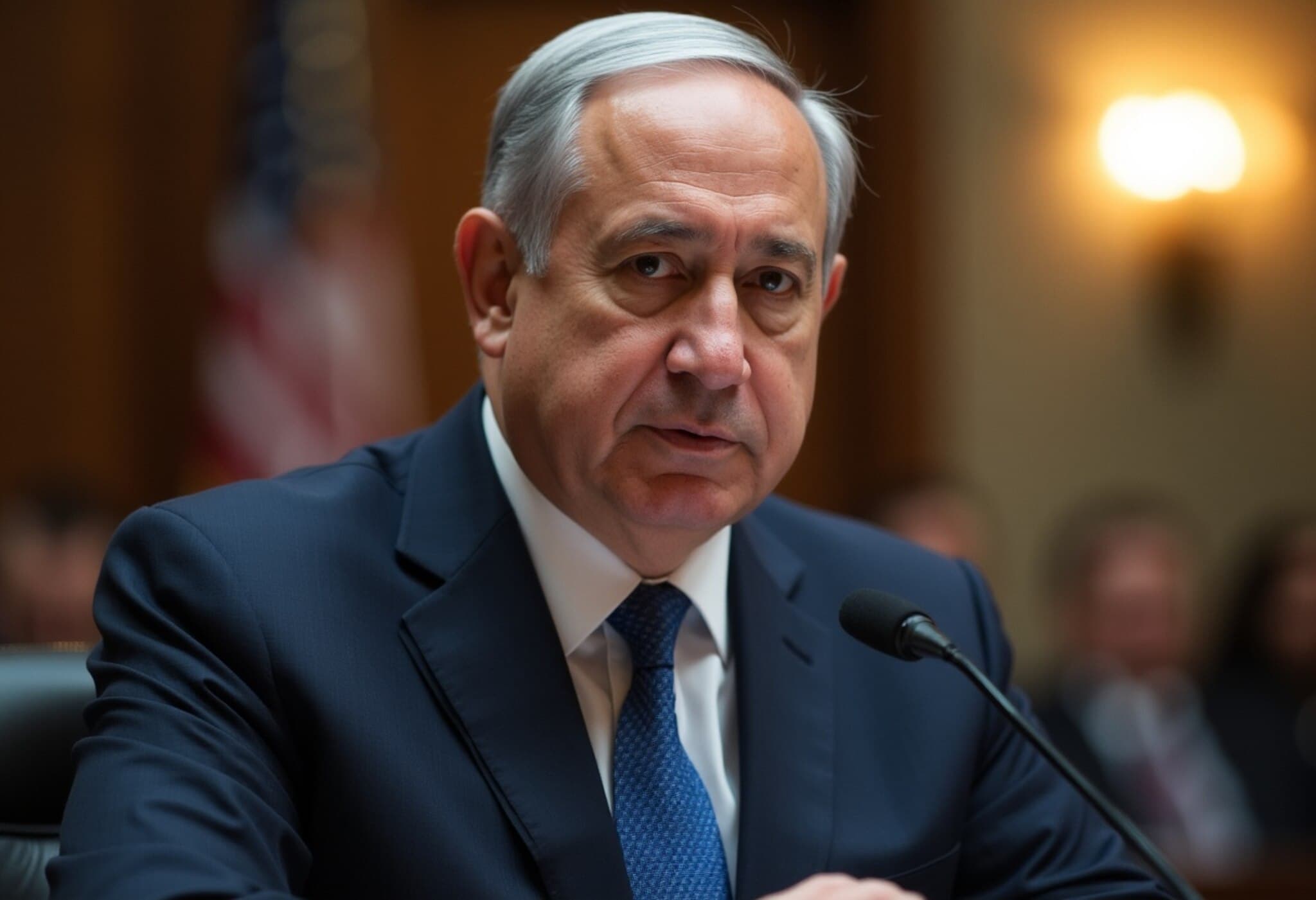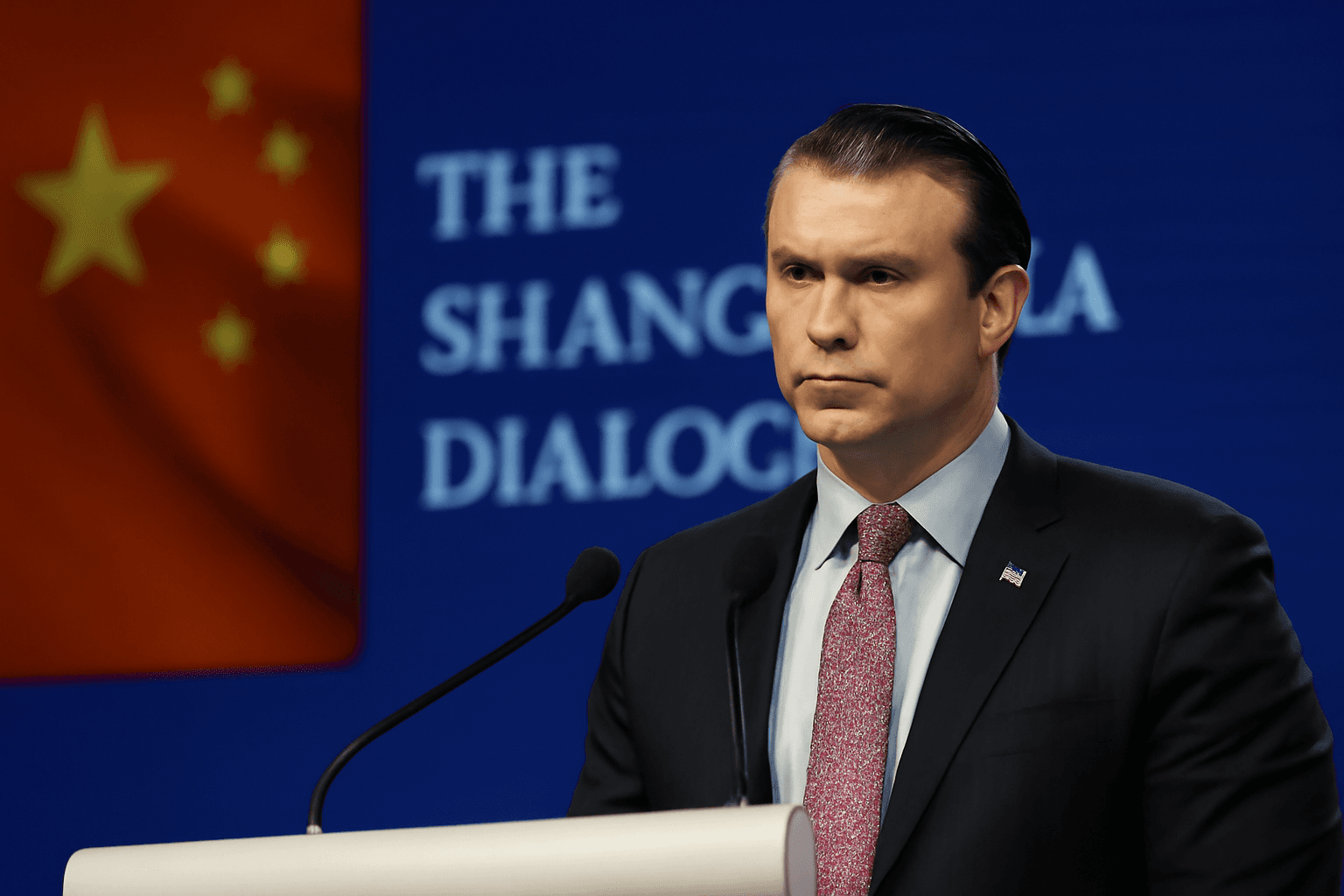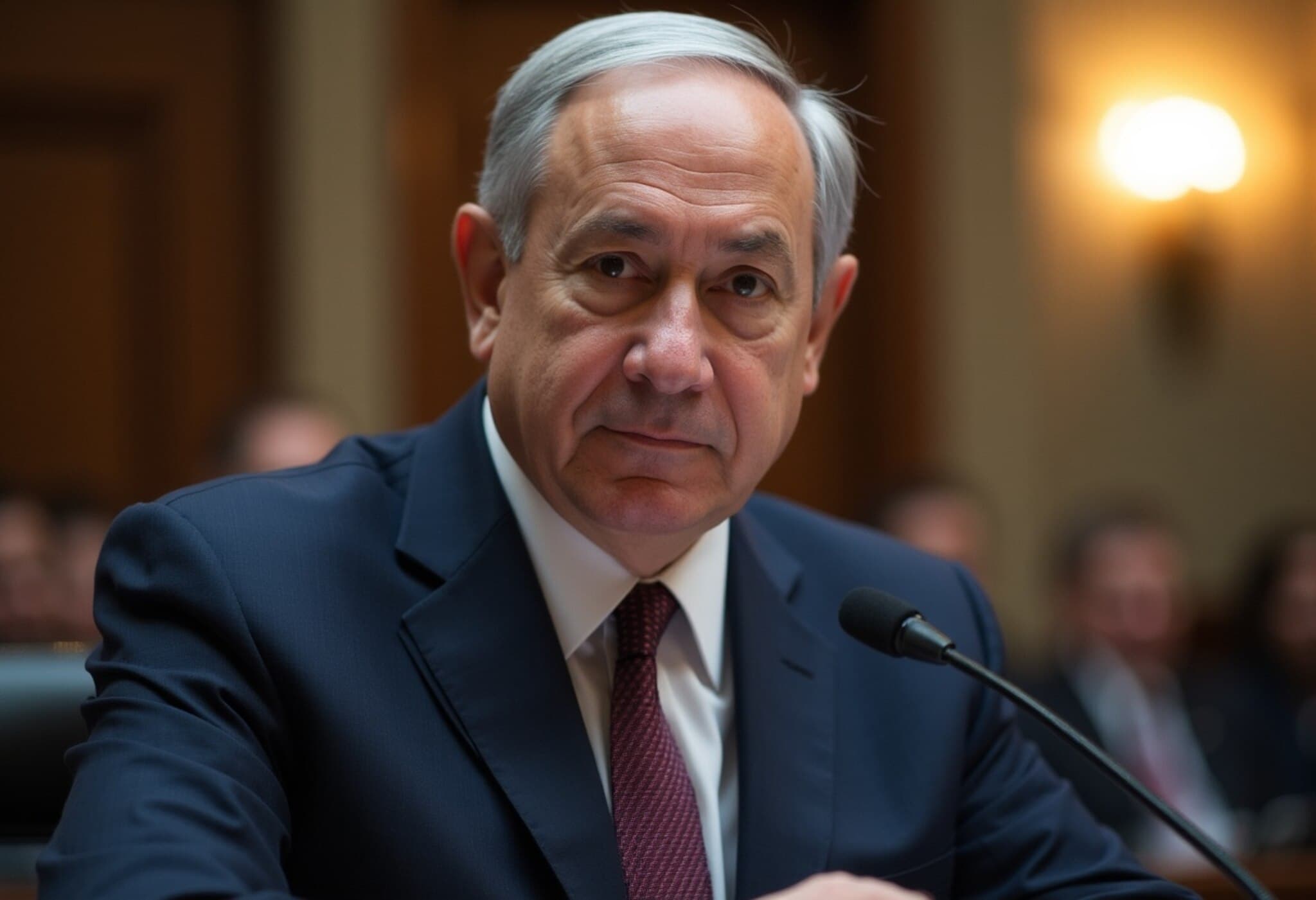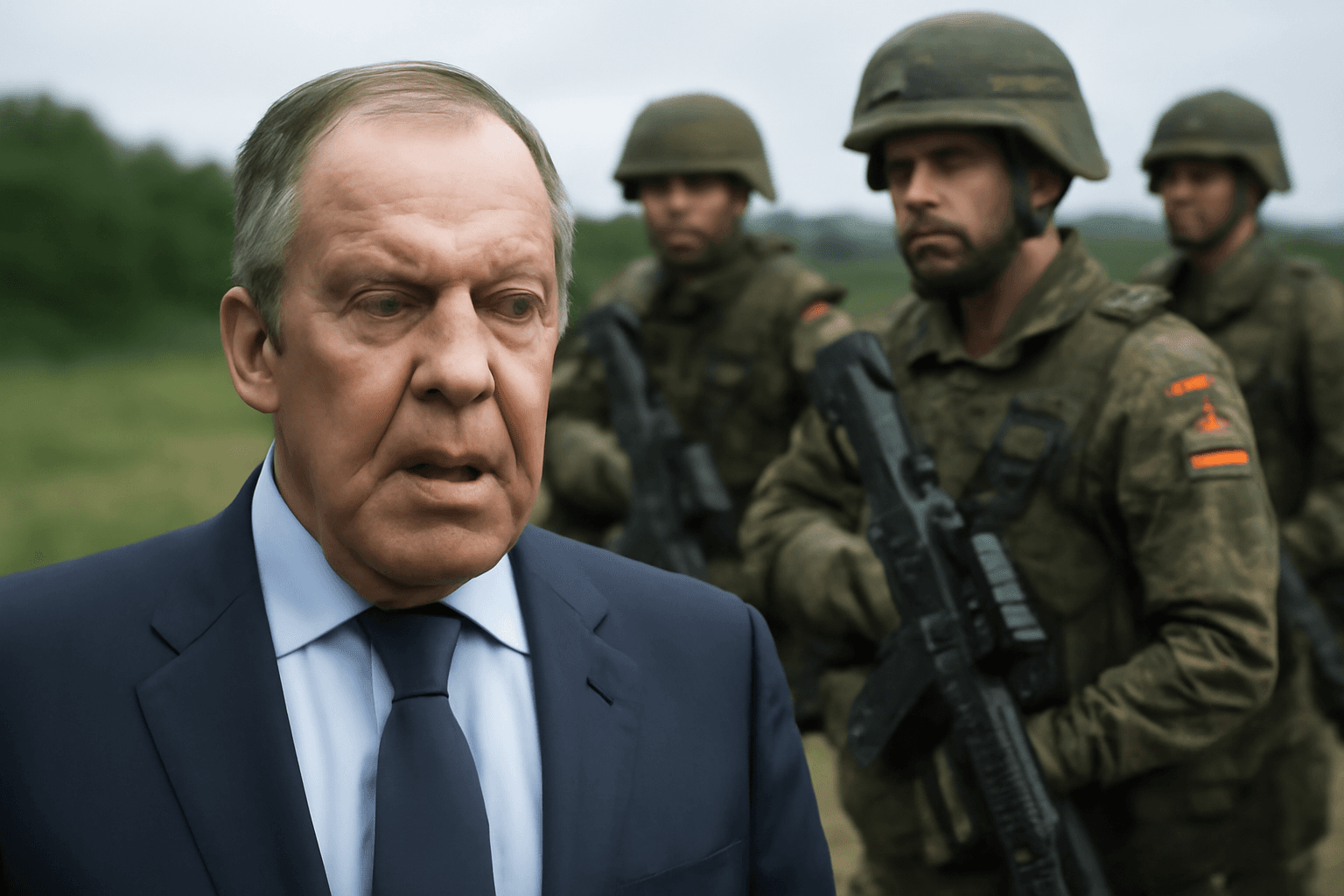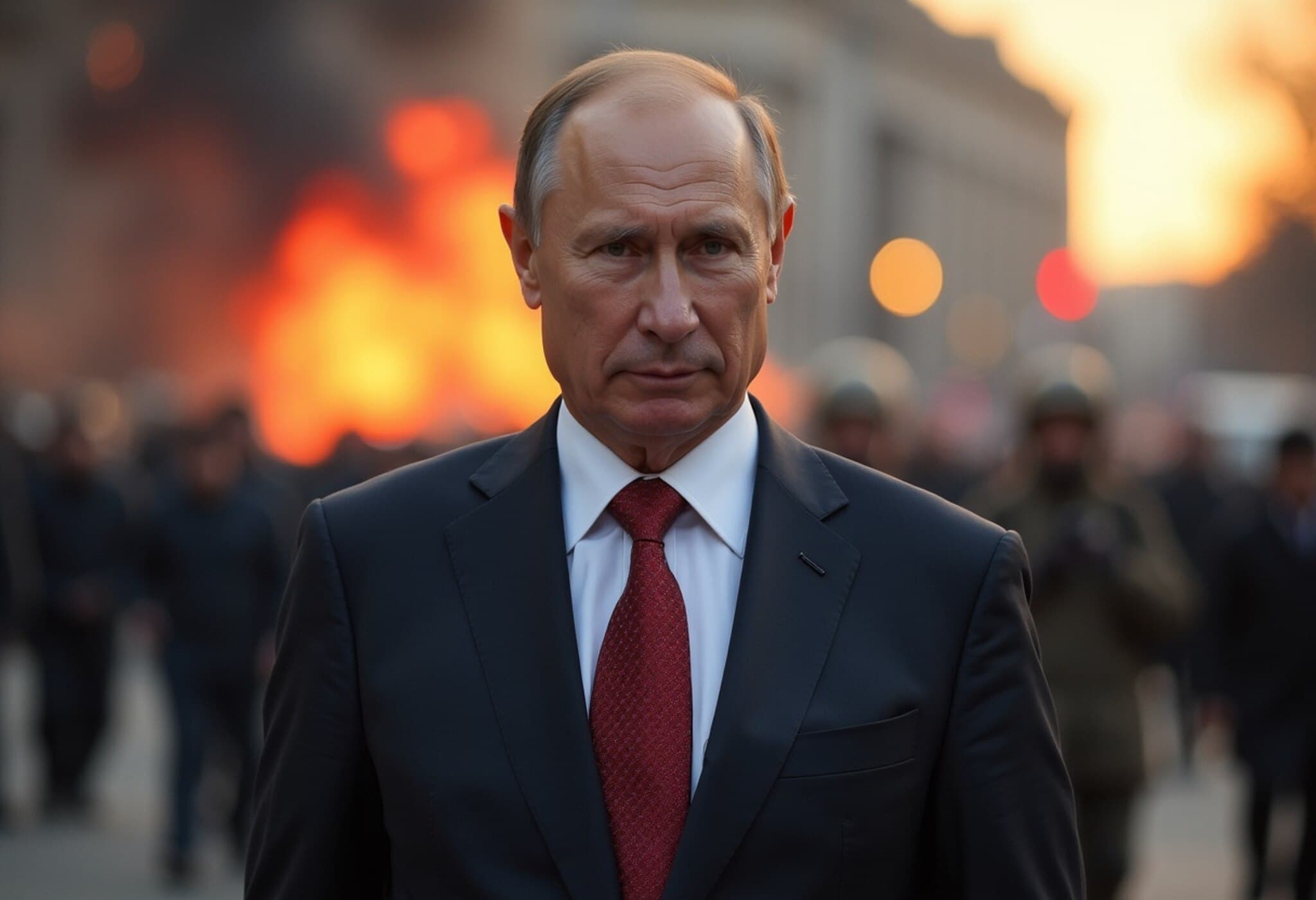As geopolitical tensions escalate in Europe, Nordic countries are intensifying efforts to enhance their defence capabilities in response to increased risks of sabotage and potential armed conflict. Norway, particularly the town of Kongsberg, a key centre for weapons manufacturing, is actively reviving Cold War-era bomb shelters and collaborating closely with its military to prepare for various contingencies.
Kongsberg has a significant historical precedent, having been a site of resistance during World War II when local fighters sabotaged Nazi-occupied weapons factories. Today, over 80 years later, local authorities are working to modernize emergency infrastructure, installing advanced satellite communication systems and planning to support deployment of Western forces if required.
Odd John Resser, Kongsberg's Emergency Planning Officer, highlighted lessons learned from the Ukraine conflict, emphasizing community cooperation across sectors—from breweries pivoting to producing Molotov cocktails to authorities converting schools into shelters and weapons factories increasing output.
This resurgence in defence readiness is reflected across the Nordic region, where governments are increasing defence budgets and adopting the concept of total defence. This holistic strategy mobilizes all parts of society to respond to both military threats and non-military crises such as cyberattacks and sabotage.
Norway’s government recently published its first national security strategy since World War II, declaring the current security environment as the most serious in decades. Prime Minister Jonas Gahr Store pointed to the war in Ukraine as a critical warning sign, urging strengthened defence to deter similar threats.
Total Defence Initiatives
Norway has reinstated requirements for bomb shelters in new constructions after discontinuing the practice in 1998. Meanwhile, Sweden appointed its first civil defence minister in 2022, instituting mandates for citizens aged 16 to 70 to participate in defence roles, whether in military service or supporting civil functions such as healthcare and firefighting.
Finland boasts civil defence shelters capable of housing approximately 86% of its population, including facilities built to survive nuclear fallout. One Helsinki shelter accommodates up to 6,000 individuals and remains perpetually ready with necessary amenities. Norwegian residents are also advised to maintain emergency supplies sufficient for at least seven days, emphasizing preparedness for extended utility disruptions.
Interviews conducted in Kongsberg reveal varying levels of individual preparedness, with some citizens equipped for prolonged self-sufficiency while others have minimal supplies. Local sentiment reflects cautious realism about the proximity of Russian threats.
Strategic Community Support
Kongsberg’s strategic importance is underscored by its role as the headquarters of the Kongsberg Group, a manufacturer of advanced missile technology utilized by Ukraine and multiple European allies. The company expanded production capacity in 2024 to meet growing demand.
Local government and military authorities have conducted joint planning sessions to coordinate support for Western troops that may be stationed or transit through Norway in potential conflict scenarios. Resser emphasized the dual preparedness benefits of these measures, which also enhance resilience against pandemics, extreme weather, or power outages.
Escalating Risks of Sabotage
Experts warn that the threat posed by Russian sabotage extends well beyond countries bordering Russia. Matthew Redhead of the Royal United Services Institute highlighted an increasing pattern of vandalism, arson, and disruption targeting critical infrastructure such as energy grids and communication networks across Europe.
Norway’s Defence Minister Tore O Sandvik confirmed that sabotage is now regarded as a major security concern, reminiscent in scale to threats last seen during World War II. At Kongsberg Group, CEO Even Tvedt reported multiple suspicious incidents in 2024 including attempted destruction of military engines, unauthorized drone flights, and perimeter breaches.
While not all incidents can be conclusively linked to hostile actors, their frequency indicates a credible risk. Redhead described current Russian activities in Europe as approaching a “pre-war” status, stressing the need for heightened vigilance and preparedness beyond frontline nations.
As tensions persist, Nordic countries are prioritizing integrated defence approaches, emphasizing community involvement and robust infrastructure to mitigate emerging threats and enhance regional security.

